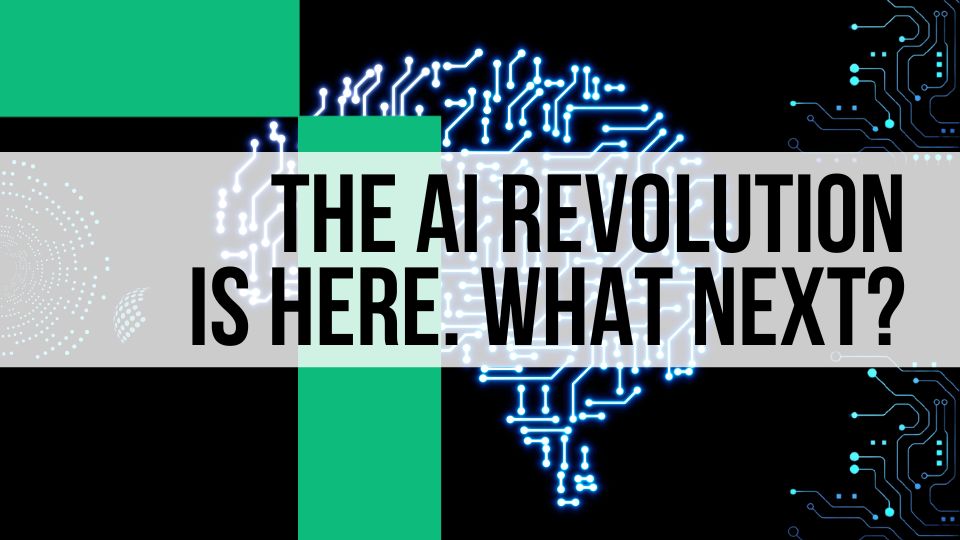Confucius say: “Those who embrace new innovations and stay ahead of curve come out on top in business world.” Well okay, Confucius didn’t say that. Nor did he have access to ChatGPT (we’re pretty sure of that). By now, you’ve heard of this super advanced AI assistant that is sweeping across social media headlines like an inflatable UFO (or Sam Smith’s inflatable pantaloons). But do you *really* know what any of this means for your business? Here are three emerging tech trends making waves right now and what you need to know about them.
AI / ChatGPT
Artificial Intelligence (AI) has been around for years. What’s new is that it’s becoming more sophisticated and easier to use. ChatGPT, a large language model trained by OpenAI, handles a wide range of customer queries, freeing up employees to focus on more complex tasks. Additionally, AI tools can analyze vast amounts of data, identify trends, and even predict future outcomes.
So what does this mean for your business? At a high level, implementing AI helps improve business efficiency and decision-making. At a deeper level, it can outright replace tasks that used to take entire teams days to complete. The result? Increased revenue and a better customer experience if you do it right (more on that in a moment).
Low Code / No Code Automation
Low-code / No-code platforms allow employees with little to no coding experience to create custom software applications. By leveraging pre-built templates and drag-and-drop interfaces, businesses owners can save time and money on development costs. Additionally, it helps reduce the time it takes to get new applications up and running, making it easier to respond to changing business needs.
You’ve probably heard of tools like Zapier and Make. Now with AI augmentation, these tools are becoming even more powerful. But the real benefit comes from their ability to automate the day-to-day minutiae (like auto responding to customer orders). In short: If you aren’t using an automation platform to your advantage in 2023, you’re going to get left behind.
Zero Trust / Passwordless Security
Zero Trust is a security model that assumes all users and devices are untrusted, requiring additional authentication for access to sensitive data. Passwordless security replaces traditional passwords with other forms of authentication such as biometrics (fingerprints, facial recognition, etc). By implementing zero trust and passwordless security together, businesses can better protect their assets from new & evolving cyber threats. However, it’s important to balance security with convenience, as overreliance on these technologies can lead to frustration for users.
Potential Pitfalls
While tech advancement can bring many benefits to your business, there are also a few gotchas you must be aware of if you’re planning to bring your business forward into the future. Some of the risks associated with these new trends include:
- AI voice scams impersonating the CEO and requesting access to sensitive information
- Employees leveraging low-code to create unauthorized shadow IT solutions, resulting in data leaks
- Relying too much on technology in areas that are better served by people, such as customer service
In conclusion, business owners need to be aware of the latest tech trends to stay competitive. AI, Low-code/No-code automation, and Zero Trust/passwordless security are just handful of powerful technologies that can help businesses become more efficient, save time and money, and protect their assets. However, it’s important to be aware of any traps that might ensnare you while balancing the benefits of tech with the human touch that customers and employees have come to expect.
Do you need help with planning your IT strategy for the future? Book a no-obligation consulting call with us today.





